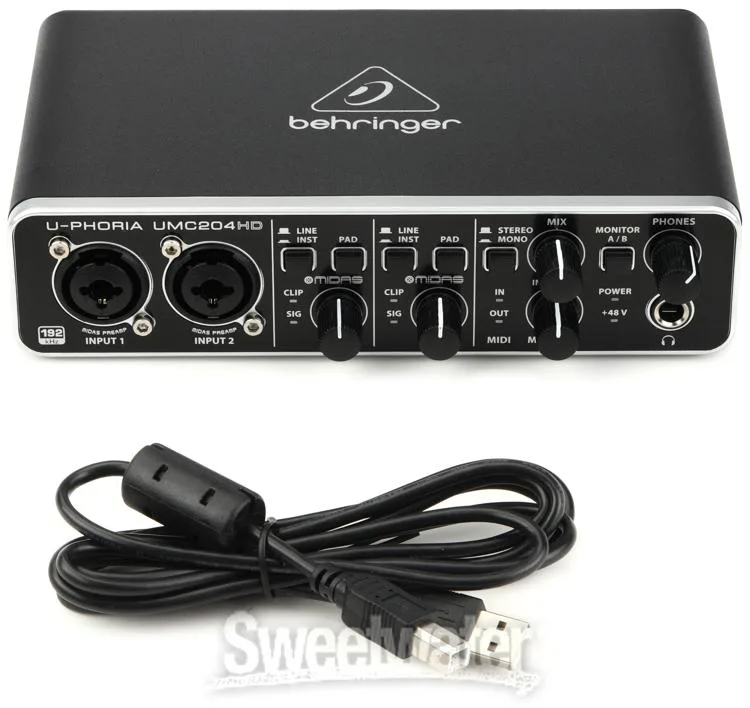I'm glad I ran into this site. I've been trying to get into the world of high end audio recently (mostly for headphones), but finding good products has been extremely difficult because of the lack of objectivity in reviews. I come primarily from a science and PC gaming background and the amount of great, highly objective reviews for PC hardware/software is amazing, but it seems in the audio world there's nothing but subjectivity which is nice for personal impressions, but terrible for actual reviews. I don't care if an amp or DAC adds "weight" to the sound or is "airy". I want objective data, and there's a distinct lack of it it seems. However, this site seems pretty good and there's a lot of good data and discussion here considering how small of a community this is.
So I'm thinking of purchasing this interface because according to the measurements it works great as a DAC and it also allows me to do some music recording too, which previously I didn't have the right equipment to do properly. It even has the added benefit of a mic preamp so maybe I can get my modmic to sound even better, which is something I was looking for because there's still a good bit of noise with a cheap usb adapter, so I'm getting a ton of performance and functionality for less than the price of most good DACs. I was going to purchase a standalone DAC+headphone amp, but it looks like using this as a DAC and coupling it with a nice headphone amp (and maybe a speaker amp down the road) is the way to go.
I've been doing some more research, but I'm still confused on a few things before I buy this or something like this. So, in the manual (
http://media.music-group.com/media/...C404HD_UMC204HD_UMC202HD_UMC22_UM2_QSG_WW.pdf) there's two different outputs (depending on the model) and they're labelled as 21 or 24. It seems there's no difference between the two as they describe 1/4 inch, RCA, and XLR outputs, yet if they're the same thing why are they labelled different? The description for 21 says "connect to powered studio monitors for playback and mixing"and for 24 it says "connect to external speakers for additional monitoring options". For the purpose of what I'm trying to do (output into headphone/speaker amp), does it matter which type I use? Is there a reason why some labelled are RCA jacks and others are 1/4inch. Is the difference just for cost saving measures or just for convenience (such as some audiences preferring 1/4inch over RCA as a hypothetical).
Also, does anyone know if the lower end ones use a worse DAC, or do they all use the same one? From the specs sheet it looks like the lower end ones are mostly the same with the only differences being the UMC22/UM2 not having 24bit audio support and the UM2 also has a different mic preamp. I was thinking about getting a lower end one because I don't need so many inputs/outputs, probably the UMC22.



